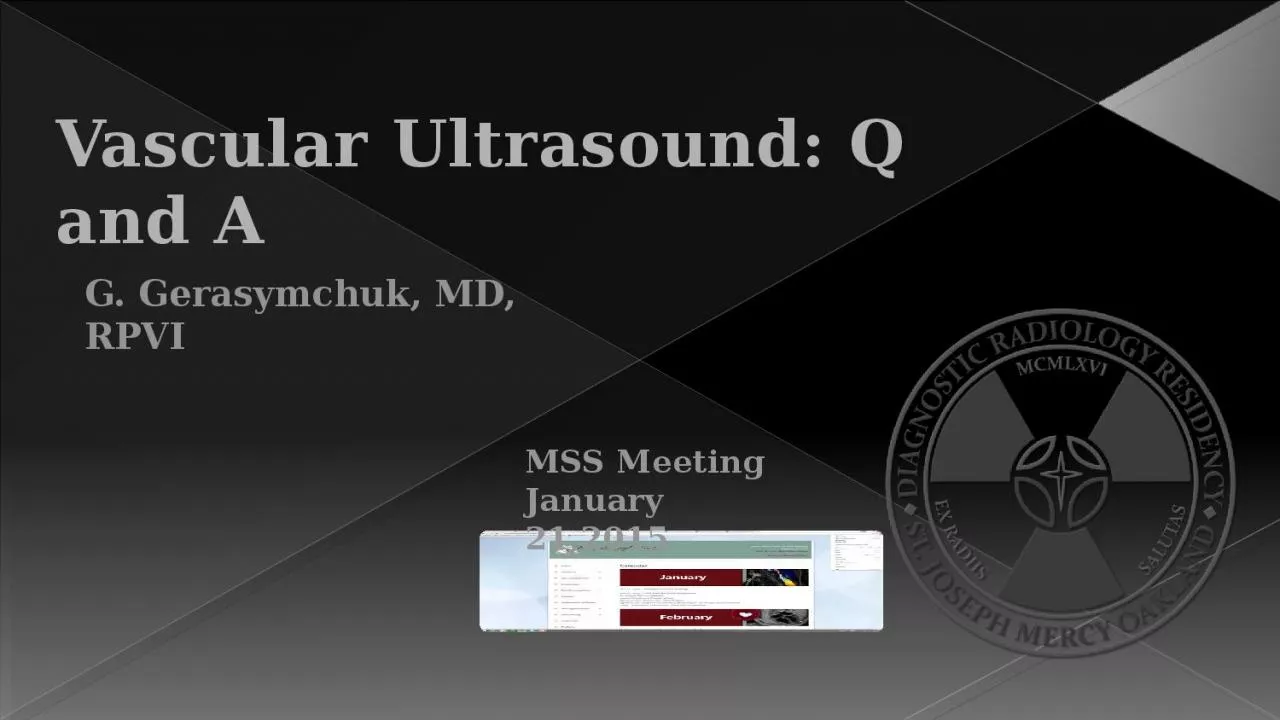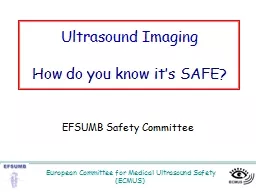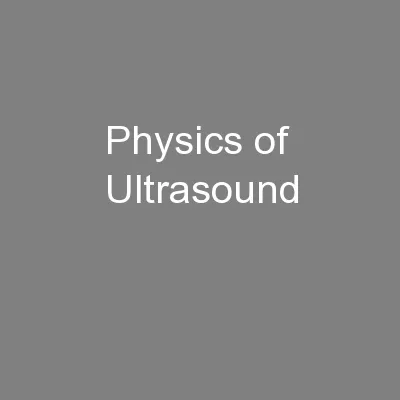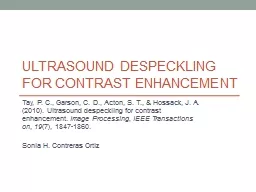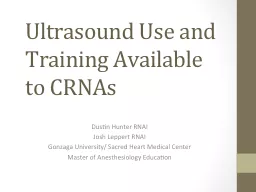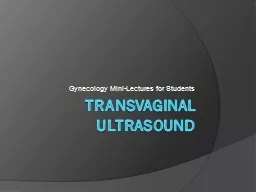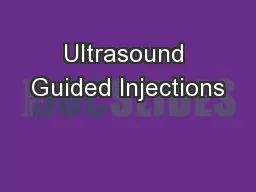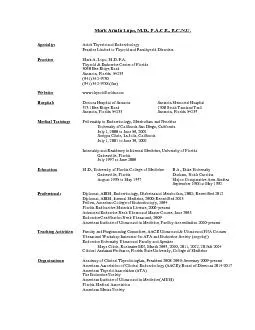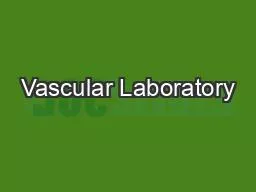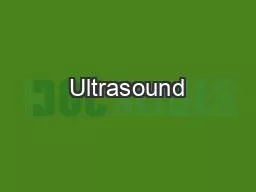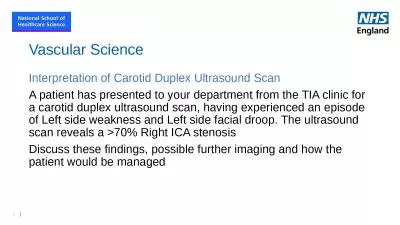PPT-Vascular Ultrasound: Q and A
Author : molly | Published Date : 2024-02-09
G Gerasymchuk MD RPVI MSS Meeting January 212015 SMA SMV LRV Aorta LRV Nutcracker Syndrome LRV Aorta SMA Nutcracker S yndrome C ompression the LRV by SMA It causes
Presentation Embed Code
Download Presentation
Download Presentation The PPT/PDF document "Vascular Ultrasound: Q and A" is the property of its rightful owner. Permission is granted to download and print the materials on this website for personal, non-commercial use only, and to display it on your personal computer provided you do not modify the materials and that you retain all copyright notices contained in the materials. By downloading content from our website, you accept the terms of this agreement.
Vascular Ultrasound: Q and A: Transcript
Download Rules Of Document
"Vascular Ultrasound: Q and A"The content belongs to its owner. You may download and print it for personal use, without modification, and keep all copyright notices. By downloading, you agree to these terms.
Related Documents

